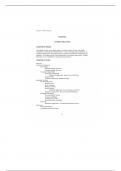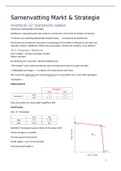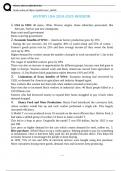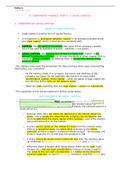College aantekeningen
ECON 102 Market Structure Notes
- Vak
- Econ 102
- Instelling
- Queens College
This is a comprehensive and detailed note on market structure for Econ 102. *Essential Study Material!! *For you, at a price that's fair enough!!
[Meer zien]








